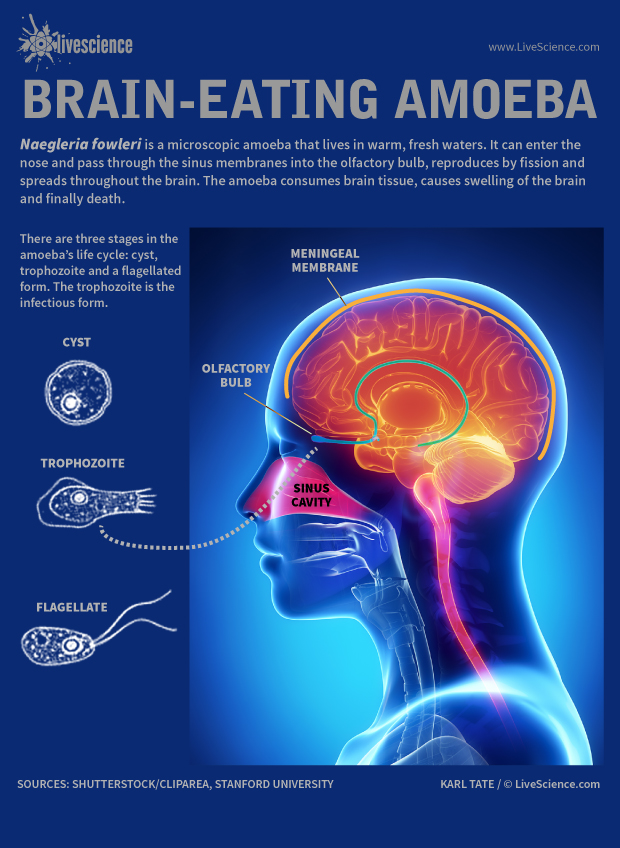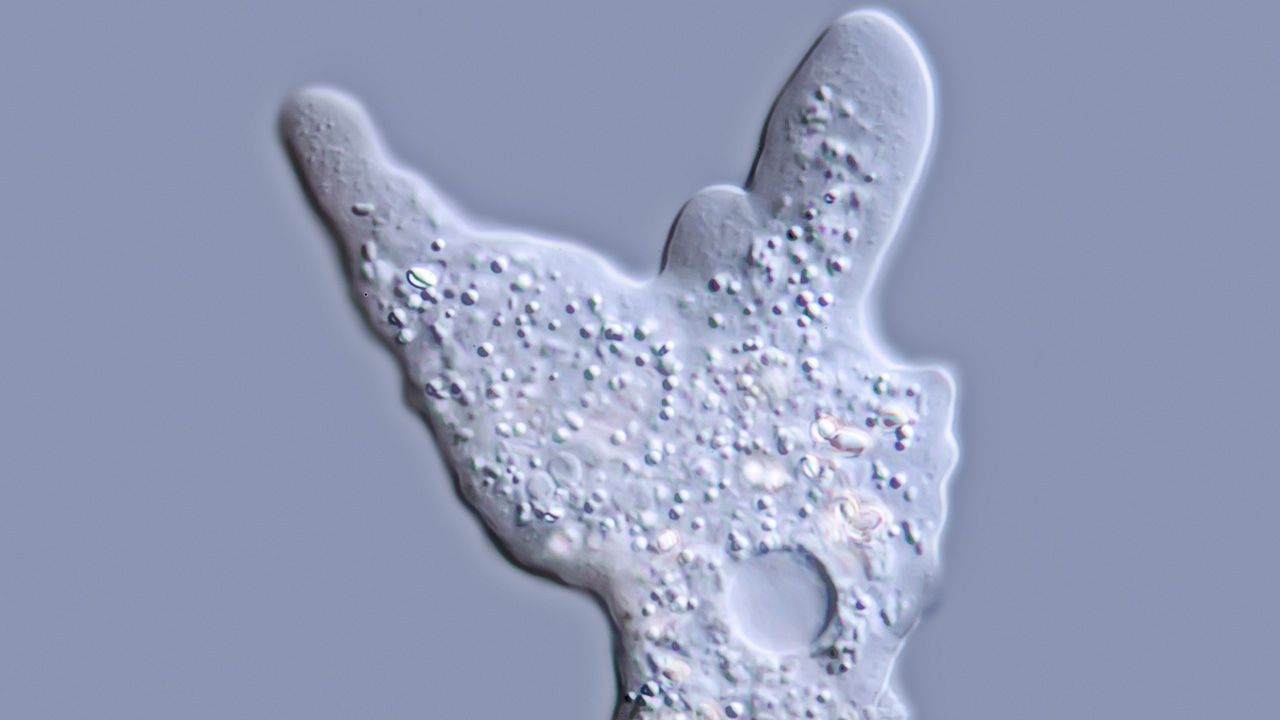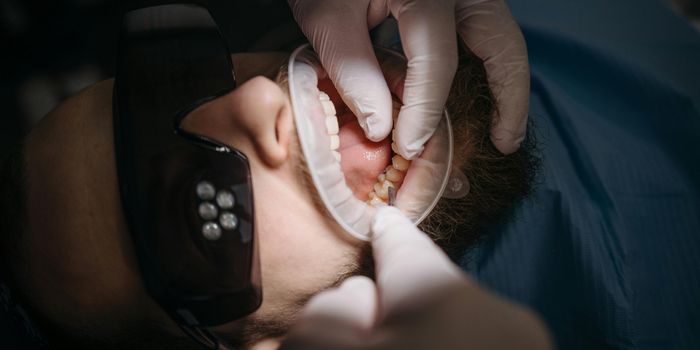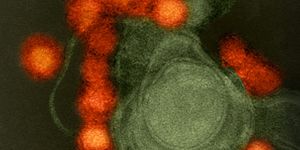Silver Nanoparticles Coat Anti-seizure Drugs To Combat Brain-Eating Amoebae
Since Halloween is around the corner, it is science-fiction season and some may choose to celebrate by watching movies featuring brain-eating zombies. However, what is frightening than the fictional brain-eating zombie is the realistic brain-eating amoebas, the parasites that feed on the human brain and much more challenging to destroy than their horror-movie counterparts.
Fortunately, a recent report published in ACS Chemical Neuroscience has shown that the development of silver nanoparticles coated with anti-seizure drugs can eradicate the brain-eating amoebae while sparing human cells.
The brain-eating amoebae--Naegleria fowleri—rarely cause infections but when they do, they’re are fatal. Many cases of reported infections are due from inhaling warm, dirty water in ponds, hot springs or unchlorinated swimming pools. Additionally, another amoeba species--Acanthamoeba castellanii—will cause blindness by entering the eyes via dirty contact lenses. Most common treatments of amoeba infections include antimicrobial drugs, despite the severe side effects of the high doses needed for them to enter the brain.

Researchers were curious if three particular anti-seizure drugs -- diazepam, phenobarbitone and phenytoin – which have already been approved by the U.S. Food and Drug Administration, may actually be effective drug targets to eradicate the amoebae either alone or in combination with silver nanoparticles.
Since these drugs are known to cross the blood-brain barrier, it was reasoned that they might be of high efficacy when attached to silver nanoparticles. The nanoparticle will work to improve the delivery of some drugs while having their own antimicrobial effects.
After chemically attaching the drugs to the silver nanoparticles, the researchers examined their ability to kill amoebae. The results they found showed that each of the three drugs alone could kill N. fowleri and A. castellanii, however, the drugs were more effective when bound to silver nanoparticles.

The drug-nanoparticle combination provided a protection from microbes to the human cells and increased the survival rate in comparison to the untreated infected human cells. It is hypothesized, by the researchers, that the re-purposing of the anti-seizure drugs coated by the silver nanoparticles can kill the amoebae via its membrane by binding to protein receptors or ion channels.
Source: ACS Chemical Neuroscience, ScienceDaily









